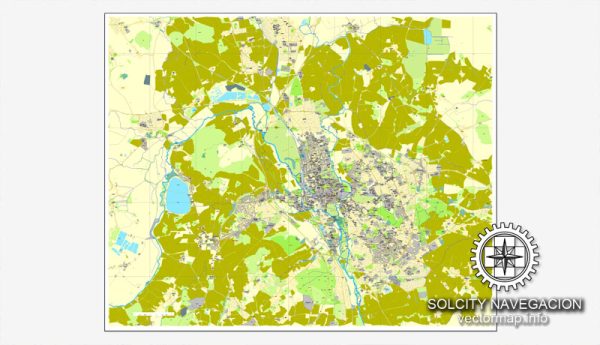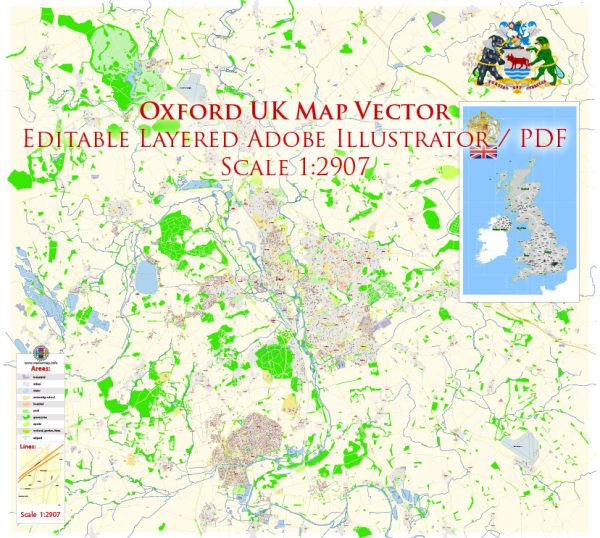The history of Oxford, UK, is a long and rich one, dating back over a thousand years. The city is known for its prestigious university, which is one of the oldest and most renowned in the world. Here is a brief overview of the history of Oxford’s creation and development:
- Early History: Oxford’s history can be traced back to the 9th century when it was a small Anglo-Saxon settlement. It was strategically located near the confluence of the Rivers Thames (known as the Isis in Oxford) and Cherwell, making it an important crossing point and trade center.
- Foundation of the University: The University of Oxford was founded in the 12th century, and the exact date is a subject of debate among historians. The university’s origins can be traced to various religious institutions that began to offer education in the area. In 1167, Henry II issued a royal charter recognizing the university, which played a crucial role in its establishment.
- Medieval Growth: During the Middle Ages, Oxford grew as an academic and religious center. It became known for its scholastic and theological studies. The city’s medieval architecture, including colleges and churches, still stands as a testament to this period.
- Religious Conflict: The city of Oxford also played a significant role in the religious conflicts of the 16th and 17th centuries, with debates and disputes between Catholics and Protestants, often occurring at the university.
- Scientific and Literary Achievements: Oxford has a long history of scientific and literary achievements. Notable figures like Roger Bacon, Robert Boyle, and Lewis Carroll were associated with the university, and their work contributed to advancements in various fields.
- Industrial Revolution: In the 18th and 19th centuries, the Industrial Revolution had a profound impact on Oxford and its surrounding areas. The city’s economy diversified, and it became known for publishing and printing, in addition to its academic reputation.
- Modern Era: In the 20th century, Oxford continued to evolve as a center of learning and culture. The city is known for its beautiful architecture, picturesque streets, and a vibrant cultural scene. It also played a significant role in World War II, hosting codebreakers at Bletchley Park.
Today, Oxford is a bustling city known for its world-class university, historic architecture, and cultural contributions. It has a diverse and growing population and remains a hub for academic research and innovation. The rich history of Oxford is a source of pride for its residents and continues to attract visitors from around the world.



 Author: Kirill Shrayber, Ph.D.
Author: Kirill Shrayber, Ph.D.